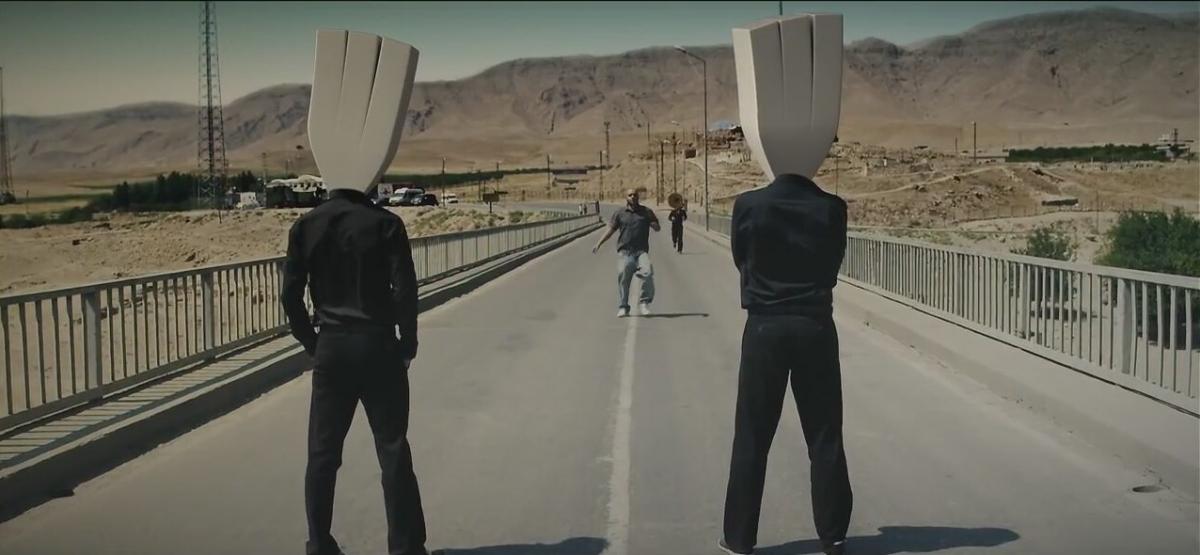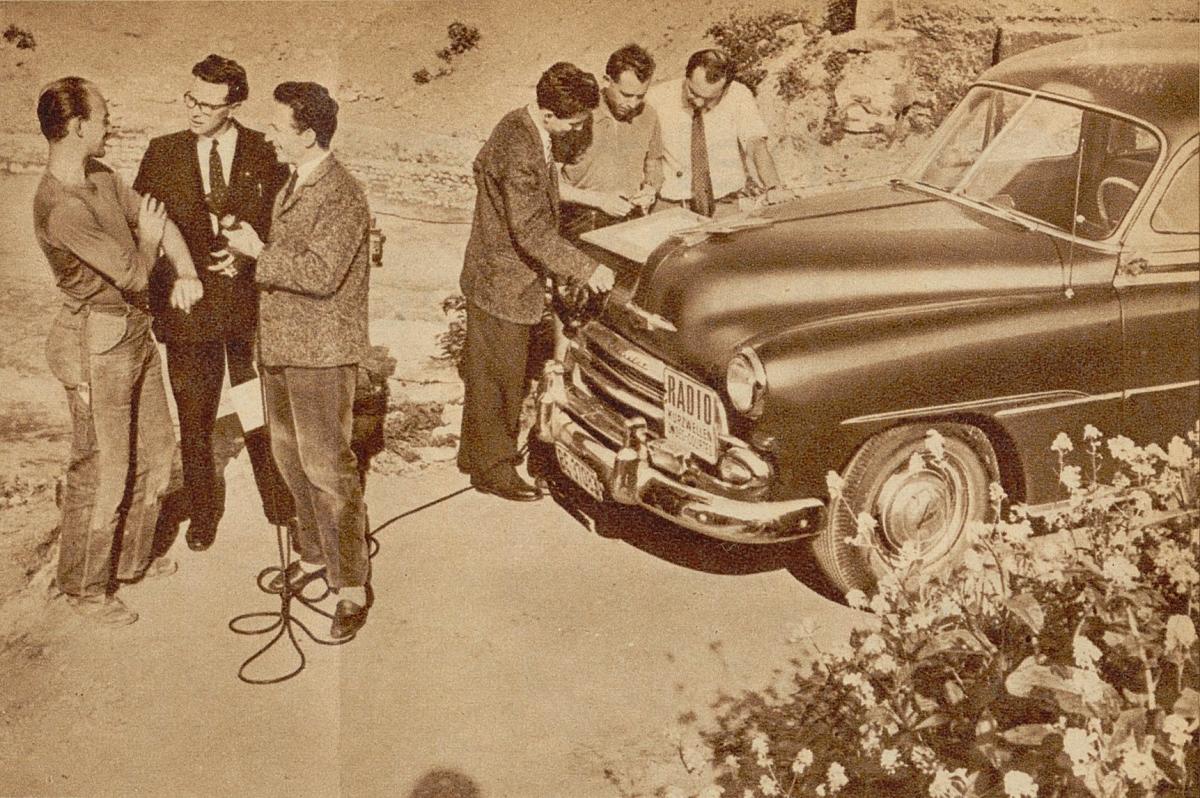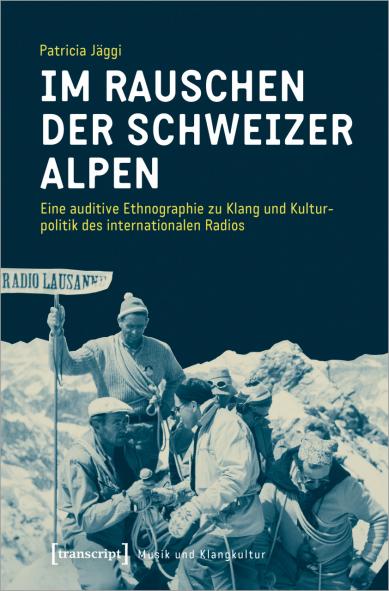
Reading the Turkish March from Ceza
In this commentary, curator and designer Basak Senova discusses the background of Turkish rapper Ceza’s music video «Türk Marşı» (2012). The video mashes elements from past and present Turkish culture to challenge the circulation of clichéd images between the East and the West.
In 2012, Turkish artist Ceza was rapping over the Turkish march by Wolfgang Amadeus Mozart with non-traditional beats. Around 1783, Mozart composed the «Piano Sonata No. 11 in A major» (K. 331/300i) in three movements. Inspired by Ottoman military bands called mehter takımı, he composed and tilted the last movement as a Ronda and titled it as «Alla turca» (Perl 2000). Later, the movement was popularized as «Turkish rondo» or «Turkish march». It is set in allegretto and elaborated upon with extra percussion effects.
Echoing an Idiom
The Turkish marching bands consisted of up to three hundred musicians who accompanied the Ottoman troops into battle. Today, their music is still used in ceremonies. It is characterized by an often high-pitched sound combining bass drums, horns bells, triangle, and cymbals. The music they played, as well as the costumes of the military bands were quite colorful (Yum 2002). The bands used to perform a distinct walking rhythm by pausing every third step according to the beat (Yaldır 2009). Later, this walking style became an idiom in Turkish culture, referring to slow pace in progression: «Walking like a mehter takımı, two steps forward and one step back.»
Questioning the progression in society and politics, rapper Ceza uses this idiom «two steps forward and one step back» a few times in his lyrics. Subsequently, he is also suggesting rewinding and considering the situation of this cycle. What is even more outstanding is the re-location and the movements of the elements in the clip, as if they are visually echoing this idiom.
The East and the West
If we view Orientalism as simply the depiction of aspects in the Eastern world by the West, or in Edward Saïd’s words as a fabrication of the East by the West (Saïd, Jhally, and Talreja 2002), one can easily trace the contemporary Orientalism in many aspects of the globalized world. Hence, what interests me in this topic is the migration of the images from one context to another and how this movement is being reversed and practiced many times. Rapper Ceza is challenging the circulation of the clichéd images between two mentally static poles: the East and the West.
The Chase
The clip starts with Ceza chased by half-animated characters (representing classical music) in Balat, a district located on the European side of Istanbul, in the old city on the historic peninsula on the West bank of the Golden Horn. Starting from the 17th century, Balat had become a mixed neighborhood, Muslims living with Jewish, Greek Orthodox, and Armenian minorities (Kluiving and Guttmann-Bond 2012, 86–87). Hence, in the 20th century, the minorities started to move to the North of the historical peninsula and to the Asian side of Istanbul, leaving Balat to the poor migrants coming from Anatolia (Ortayli 1987). Therefore, the history of Balat already shows a map of relocation and movement.
The half-animated characters representing classical music, without a doubt signify the West. The clip continues in the South East of Türkiye, in the old city of Midyat, Mardin, depicting the old Eastern architecture in the background, while Ceza is still being chased by the characters.
The video finally ends in Hasankeyf, which was an ancient town on the Tigris river with thousands of dwellings and tombs. Despite all the local and international objections for the last ten years, in 2020, Hasankeyf and its archaeological sites, along with 150 villages in this area, were all submerged under 65 meters of water with the completion of the Ilisu Dam (Kocabas 2013) part of the GAP hydroelectric power project, also known as The South-Eastern Anatolia Project (Al-Madhhachi, Rahi, and Leabi 2020).
It was quite symbolic for Ceza being caught by the characters in the middle of the bridge on the Tigris river. Hasankeyf does not exist anymore. Respectively, the song ends with the final lines telling us that we cannot even step back anymore.
List of References
This commentary has been written in the context of «DisOrient: Welcome to the Hall of Mirrors». A virtual music video exhibition by Norient for Mannheimer Sommer (July 12–22, 2020). Because of the Corona pandemic, the festival took place as a virtual event.
Biography
Links
Published on June 19, 2020
Last updated on April 09, 2024
Topics
Watch how cutting-edge music from Brazil to Singapore is represented in moving images.
Place remains important. Either for traditional minorities such as the Chinese Lisu or hyper-connected techno producers.
Does one really need the other in order to understand oneself?
Special
Snap


